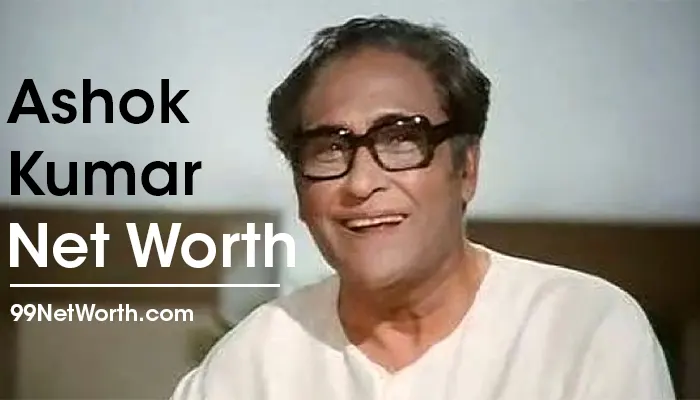Advertisements
Ashok Kumar Net Worth. Kumudlal Ganguly, well known by his stage name Ashok Kumar and affectionately known as Dadamuni, was an Indian film actor who was a member of the cinematic Ganguly family and achieved iconic status in Indian cinema. Ashok Kumar Net Worth is estimated to be approximately $14 Million.
Parts of This Content:
Ashok Kumar Net worth and profile in one glance
| Name | Kumudlal Ganguly |
| Born | October 13, 1911 |
| Height | 1.78m |
| Country of Origin | Bhagalpur, India |
| Occupation | Actor, Painter, Singer |
| Spouse | Shobha Devi (m. 1936–1986) |
| Children | Rupa Ganguly, Preeti Ganguly, Bharti Jaffrey, Aroop Ganguly, Rupa Verma |
| Ashok Kumar Net worth | Ashok Kumar Net worth $14 Million |
Ashok Kumar Biography
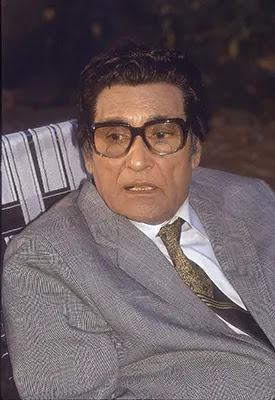
Early Life
In Bhagalpur, Bengal Presidency, British India, Ashok Kumar was born Kumudlal Ganguly to a Bengali Hindu Brahmin family. Kunjlal Ganguly, his father, was a lawyer, and Gouri Devi, his mother, was a housewife.
Advertisements
Kumudlal was the oldest of four brothers and sisters. Sati Devi, his only younger sister, married Sashadhar Mukherjee when she was very young and became the matriarch of a vast “film family.”
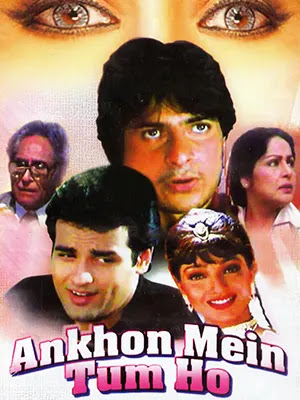
Then there was his younger brother, Kalyan (b.1926), who later used the screen name, Anoop Kumar. Abhas (b.1929), whose screen name was Kishore Kumar, was the youngest of the group and went on to become a hugely popular Hindi film playback singer.
Advertisements
Kumudlal outlived all of his siblings despite being the oldest by several years. In reality, once his youngest brother, Kishore, died on the same day in 1987, he stopped celebrating his birthday.
Stepping stone into Ashok Kumar Net Worth (Career)
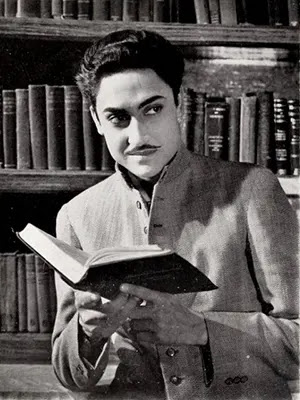
Early career
Kumudlal’s father encouraged him to study law and enrolled him in a law school. Kumudlal, on the other hand, failed his examinations and, in order to avoid domestic strife, went to live with his sister in Mumbai for a few months till the exams were rescheduled.
Advertisements
Sati Devi, Kumudlal’s younger sister, had married Sashadhar Mukherjee, who lived in Chembur, Mumbai, and worked in the technical department of Bombay Talkies, a pioneering Indian cinema studio, at a young age. Kumudlal needed some spending money, so Sashadhar Mukherjee used his clout to obtain him a position as a laboratory assistant at Bombay Talkies at his request. It was the early 1930s at the time.
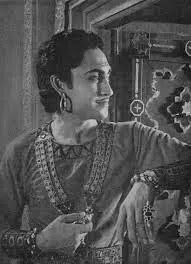
Kumudlal was successful at his career and found the work enjoyable, which was not the case when he was in law school. He tried to persuade his father that he wouldn’t be able to make a living as a lawyer and that he could make a career as a technician or lab assistant instead.
His father would have none of it, and it took the involvement of Sashadhar Mukherjee for him to ultimately accept the reality and agree to let Kumudlal drop out of law school. Not as an actor, but as a laboratory assistant, the future Ashok Kumar began his illustrious cinematic career.
Primary source of Ashok Kumar Net worth (Acting)
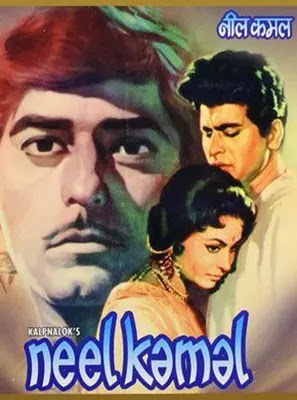
Kismet, directed by Gyan Mukherjee and starring Ashok Kumar as India’s first anti-hero, shattered all box office records, becoming the first Hindi film to gross one crore at the box office. With the success of Kismet, Ashok Kumar became India’s first superstar.
Following Kismet, Ashok Kumar established himself as the most bankable star of the age, with films such as Chal Chal Re Naujawan (1944), Shikari (1946), Sajan (1947), Mahal (1949), Mashaal (1950), Sangram (1950), and Samadhi (1950).
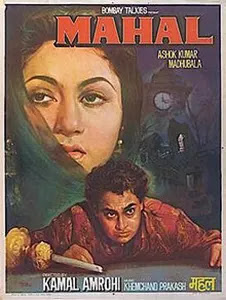
During the closing years of Bombay Talkies, he produced several films, notably Ziddi (1948), which launched the careers of Dev Anand and Pran, Neelkamal (1947), which saw Raj Kapoor make his debut, and the legendary Mahal (1949), in which he co-starred with Madhubala.
Post-stardom
With the exception of the 1958 classic Howrah Bridge, in which he co-starred with Madhubala, Ashok Kumar shifted to more adult parts as the 1950s progressed.
Advertisements
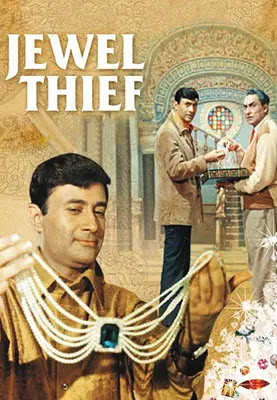
Despite the entrance of younger stars such as Dev Anand, Dilip Kumar, and Raj Kapoor, Ashok Kumar remained one of the era’s biggest performers, with films such as Afsana (1951), Nau Bahar (1952), Parineeta (1953), Bandish (1955), Ek Hi Raasta (1956), Ek Saal (1957), and Howrah Bridge (1958). Deedar (1951), in which he played second lead to Dilip Kumar, was his most successful picture at the time.
In various films from the 1950s, Ashok Kumar starred alongside Nalini Jaywant. In a twenty-year period, he made roughly 17 films with Meena Kumari, ranging from Tamasha in 1952 to Pakeezah in 1972, his magnum work. In the mid to late 1950s, he played the suave cigarette-smoking criminal or police officer in various films that were part of the Indian film noir style.
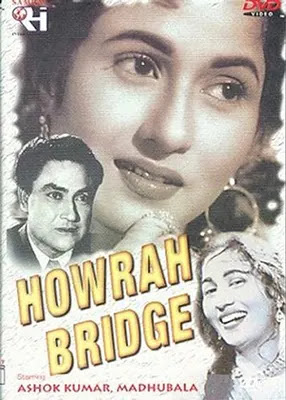
Later Career
By the 1960s, Ashok Kumar had moved on to character parts, playing a dad, uncle, or grandparent, all while avoiding being typecast. He portrayed a range of parts, including a judge in Kanoon (1960), an elderly freedom warrior in Bandini (1963), a kind brother in Mere Mehboob (1963), an elderly priest in Chitralekha (1964), a violent zamindar in Jawaab (1970), and a criminal in Victoria 203 (1971).
In the 1960s and 1970s, Ashok Kumar appeared in a number of noteworthy films, including Jewel Thief (1967), Aashirwad (1968) (for which he received a Filmfare Award and a National Award in 1969), Purab Aur Pashchim (1970), Pakeezah (1972), Mili (1975), Chhoti Si Baat (1975), and Khoobsurat (1975).
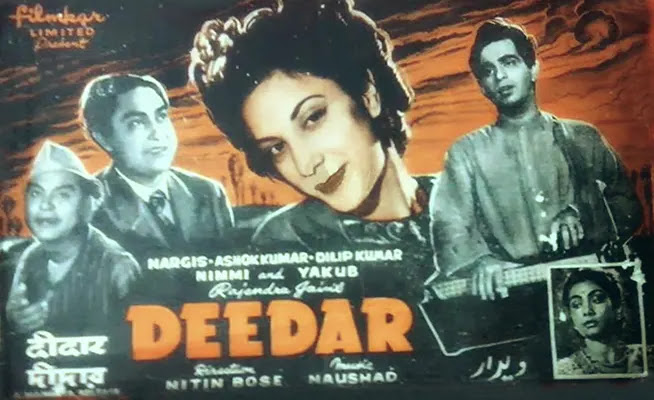
Pran and Ashok Kumar were best friends and starred in 27 films together between 1951 and 1987, including 20 super-hits. Purab Aur Pashchim, Victoria 203, Chor Ke Ghar Chor, Chori Mera Kaam, Adhikar (1971), and Maan Gaye Ustad were all box office successes.
In the 1970s and 1980s, he worked as a supporting actor alongside Shashi Kapoor and Rajesh Khanna in a number of films.
Final years and death
In the 1980s and 1990s, he starred in fewer films and more frequently on television, most notably as the host of the first Indian serial opera Hum Log and as the titular character in the iconic Bahadur Shah Zafar.
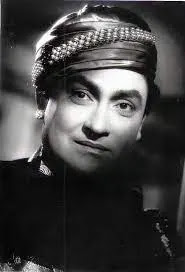
In an episode titled A Lucky Draw – Murders after a Lucky Draw, Ashok Kumar co-starred with Vijay Anand and Saurabh Shukla in three episodes of the popular detective TV series Tehkikaat.
Ashok Kumar’s last film role was in Aankhon Mein Tum Ho, released in 1997. He was a painter and a homoeopathic practitioner in addition to acting. Ashok Kumar, a certified homoeopath, has a reputation for conjuring up miraculous cures. He appeared in almost 275 films in total. In Dhakuria, he has appeared in over 30 Bengali dramas.
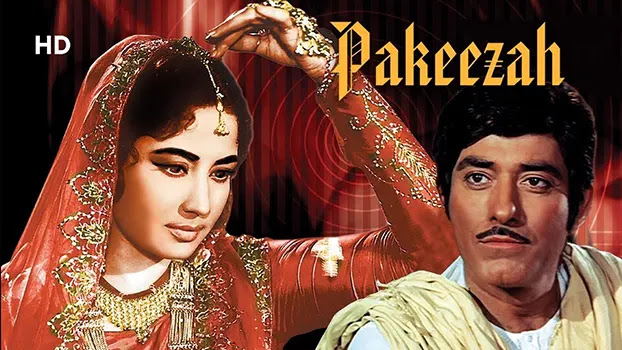
On December 10, 2001, at the age of 90, Ashok Kumar died of heart failure at his Chembur home. Atal Bihari Vajpayee, the then-Prime Minister of India, called him “an inspiration… for many generations of aspiring performers.”
Legacy
Ashok Kumar was a pioneering actor in Hindi cinema, introducing natural acting. He was Hindi cinema’s first superstar and the first major actor to play an anti-hero. He was also the first star to reinvent himself, going on to have a long and illustrious career as a character actor.
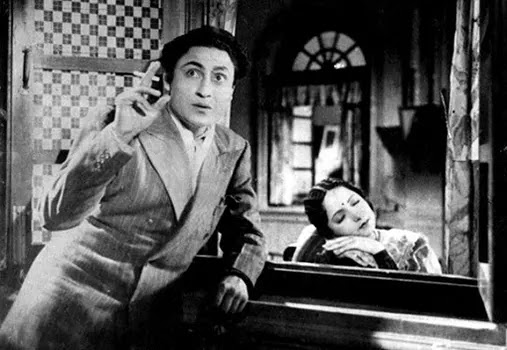
In addition, Ashok Kumar is recognised for mentoring a number of individuals who have gone on to make significant contributions to Indian cinema. Ashok Kumar handed Dev Anand his first break as a producer with Bombay Talkies in Ziddi (1948), which also established Pran (then a struggling actor who had recently fled to India after partition) as one of the era’s top villains.
Madhubala’s career was begun by the 1949 film Mahal, which starred Ashok Kumar and was produced under his supervision at Bombay Talkies. The renowned song “Aayega Aanewala” from Mahal was the turning point in the career of Lata Mangeshkar, a previously unknown young singer.
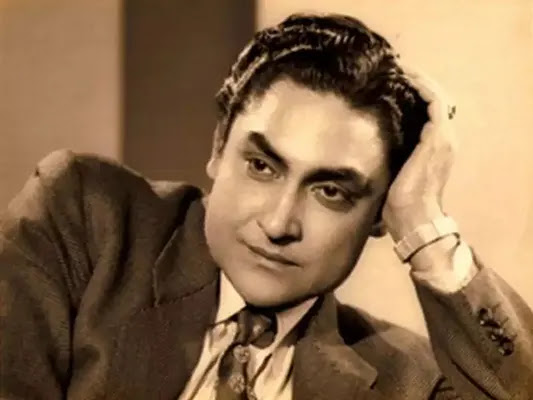
Conclusion
Advertisements
In the Bollywood film business, Ashok Kumar is a very brilliant and well-known actor. The Ashok Kumar Net Worth is a source of motivation and inspiration. Also, check out – Boman Irani Net Worth.
Advertisements
